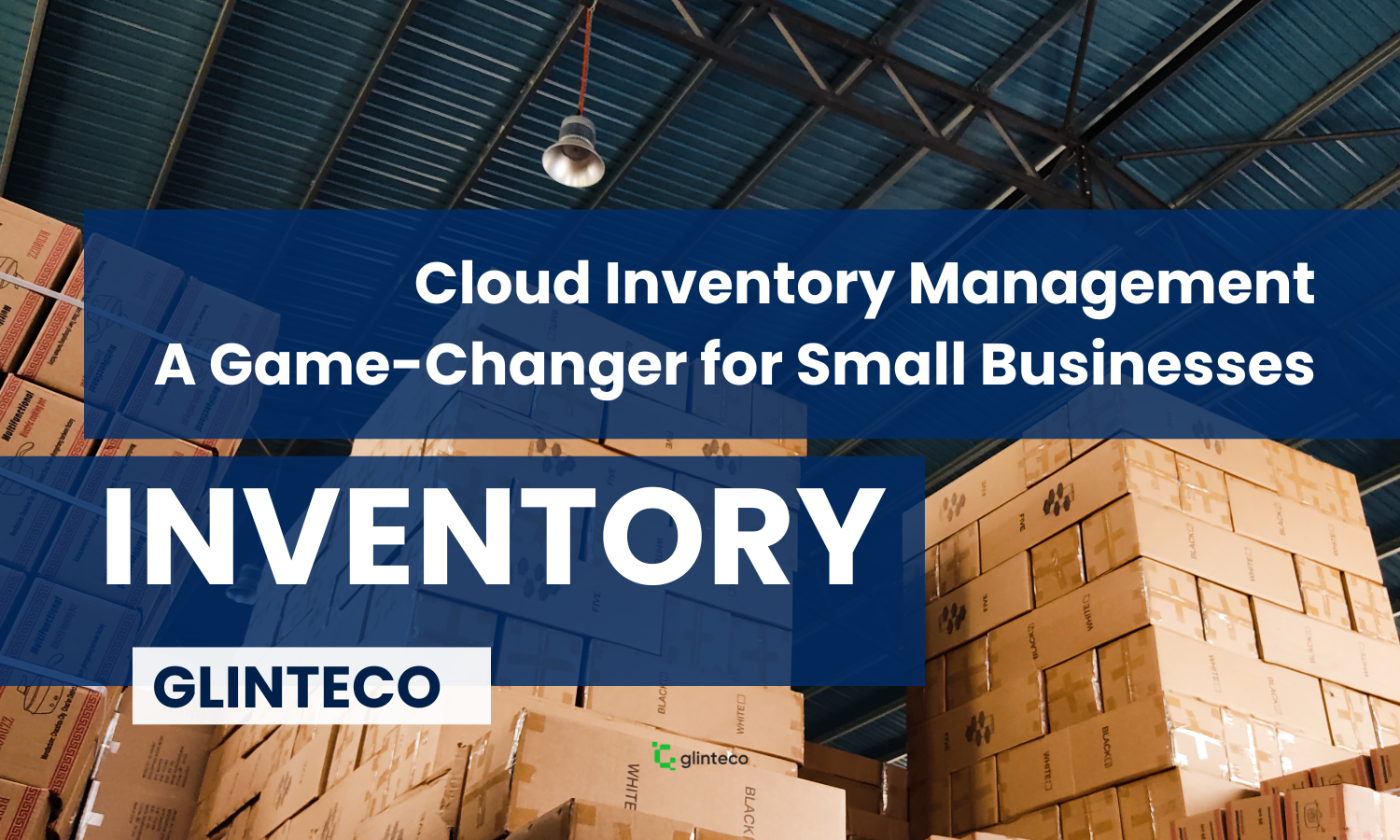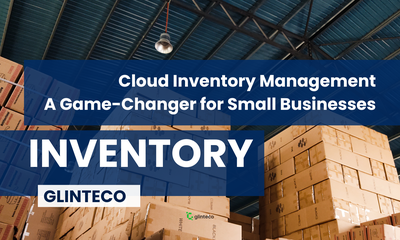Cloud Inventory Management: A Game-Changer for Small Businesses
By antt, at: Oct. 26, 2025, 3:46 p.m.
Estimated Reading Time: __READING_TIME__ minutes


Inventory has always been a balancing act for SMEs—too much stock ties up cash, too little stock frustrates customers. That’s why cloud inventory management is emerging as one of the smartest investments for small businesses in 2025.
Why SMEs Are Moving to the Cloud
Traditional spreadsheets and desktop tools struggle with real-time updates, multi-location tracking, and ecommerce integrations. Cloud-based systems solve these problems by offering:
- Real-time visibility: See stock levels instantly across warehouses, stores, and online channels.
- Automation: Auto-reorder when items hit thresholds, reducing stockouts and excess inventory.
- Anywhere access: Manage inventory from any device, empowering remote or on-the-go teams.
- Integration: Connect with platforms like Shopify, Xero, and QuickBooks for seamless sales & finance sync.
Top Cloud Inventory Management Tools (Ranked)
1. NetSuite Inventory Management – 9/10
NetSuite is an enterprise-grade ERP with robust inventory controls.
Pros: End-to-end visibility, global support, advanced forecasting.
Cons: High cost, steep learning curve.
2. TradeGecko (QuickBooks Commerce) – 8.5/10
TradeGecko, now part of QuickBooks, is popular among growing SMEs.
Pros: Easy Shopify & Xero integration, strong reporting, user-friendly.
Cons: Limited customization, scaling costs rise quickly.
3. Cin7 – 8/10
Cin7 is designed for omnichannel retailers with B2B & D2C sales.
Pros: Excellent ecommerce integrations, built-in POS, flexible workflows.
Cons: Interface can feel complex, higher tiers get expensive.
4. Zoho Inventory – 7.5/10
Zoho Inventory is budget-friendly and cloud-native.
Pros: Affordable, integrates with Zoho ecosystem, mobile app support.
Cons: Not ideal for high-volume enterprises, limited advanced analytics.
5. Rackbeat – 7/10
Rackbeat targets SMEs with simplicity.
Pros: Easy onboarding, scalable for small retailers, cloud-native.
Cons: Limited advanced features, weaker ecosystem compared to NetSuite or QuickBooks.
Recent Moves in the Market
Cloud inventory is spreading fast. QuickBooks Australia reports that even micro-businesses are adopting SaaS tools. And as seen in our Strandbags case study, large retailers are also doubling down on backend clean-ups to stay competitive.
If you missed it, check out related posts:
- Why Your Old Website is Costing You Customers
- When a CI/CD Test Deletes Your Media Folder
- Meet Our Frontend Team: The Gen Z Wizards of Web Creativity
Key Benefits for SMEs
1) Improved Cash Flow
Accurate stock tracking reduces over-purchasing and frees up cash for growth.
2) Enhanced Customer Experience
Customers trust online stock availability, receive faster deliveries, and are more likely to return.
3) Data-Driven Decisions
Forecast demand, identify slow movers, and negotiate better supplier terms using real-time data.
Challenges to Watch Out For
- Implementation costs: SaaS still requires onboarding and training.
- Change management: Teams need time to adapt to new workflows.
- Vendor lock-in: Choose wisely to avoid long-term constraints.
Conclusion
Cloud inventory management is no longer a luxury as it’s a competitive necessity. Whether you’re a fashion boutique in Sydney or a manufacturing SME in Ho Chi Minh City, adopting cloud tools can reduce costs, improve customer satisfaction, and unlock new growth opportunities.





